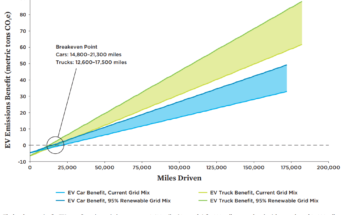One of the unsolved problems of climate change over the last 25 years has been matching up the actual sea-level rise to the expected sea level rise, based on observations and projections of melting in Greenland and Antarctica.
This article in Nature purports to match up the ice melt and sea rise levels much more accurately than previous attempts. The news is not good.
the IPCC has decided that researchers finally have a good enough handle on ice behaviour in Greenland and — to a lesser extent — Antarctica to forecast how ice sheets will respond, at least provisionally, says Don Chambers, a sea-level researcher at the University of Texas at Austin. The latest estimates add between 3 and 21 centimetres to the predicted sea-level rise by 2100, although tens of centimetres more are possible, according to the most recent IPCC report draft.
The end result is set to be a much higher forecast for sea-level rise than in 2007. Direct comparisons are difficult because the latest report uses different time frames and emission scenarios, but the leaked draft puts the range of estimates between 28 and 97 centimetres of rise by 2100. That is still not as high as semi-empirical estimates, but process-based results are edging upwards — and the difference is narrowing. “I consider it something of a vindication,” says Rahmstorf.

